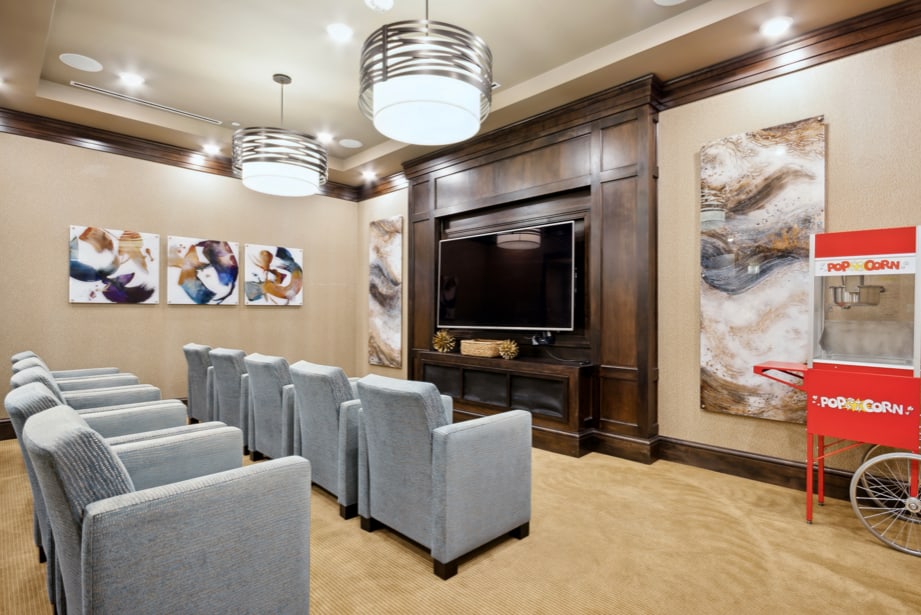When caring for an aging loved one, choosing the right type of support is essential—but it can also be overwhelming. Two common forms of care that families often consider are respite care and hospice care. While they might sound similar, they are fundamentally different in purpose, duration, and who they serve.
The main difference is that respite care is short-term relief focused on caregivers, while hospice care supports individuals with terminal illnesses who are no longer seeking curative treatment. Understanding what each of these options entails can help families navigate important decisions with greater clarity and peace of mind.
What Is Respite Care?
Respite care offers short-term, temporary support for older individuals, typically in a senior living community. It’s designed to give primary caregivers—like family members—a much-needed break while ensuring their loved one receives professional assistance in a safe and welcoming environment.
How It Works
Respite stays usually range from a few days to a few weeks. During this time, the individual becomes a short-term resident of the community and has access to the same services as long-term residents. This might include:
- Help with bathing, grooming, dressing, and other daily activities
- Medication reminders and health monitoring
- Nutritious meals and snacks
- Social engagement and enrichment opportunities
- Access to 24/7 professional support
Because of its flexible nature, respite care is often used during vacations, caregiver illness, or as a trial run to experience community living before committing long-term.
Who It Helps
Respite care is incredibly versatile. It can support older adults recovering from surgery, caregivers who need time off, or families who need temporary help while managing other life responsibilities. It’s also helpful when a regular care provider is unavailable due to travel or emergency.
Some families use respite care proactively to prevent caregiver burnout. Others use it reactively, during times of stress or unforeseen circumstances. Either way, it offers a safe, dignified option for ensuring continuity of care and rest for everyone involved.
What Is Hospice Care?
Hospice care, on the other hand, is designed for individuals who are nearing the end of life due to a terminal illness. The focus is not on curing the illness but on providing comfort, easing pain, and enhancing quality of life in a person’s final months.
Purpose & Focus of Hospice
Hospice care supports not only the person with the terminal illness but also their loved ones. It’s a holistic approach that includes medical, emotional, psychological, and spiritual support. Provided services may include:
- Pain and symptom management
- Coordination with doctors and medical teams
- Emotional and grief support for families
- Assistance with daily living needs
- Help with advance care planning and end-of-life decisions
Hospice care can be provided in a variety of settings: the individual’s home, a hospice facility, or a senior living community. What’s most important is that the environment is peaceful, dignified, and supportive.
When Hospice Is Appropriate?
Hospice is typically recommended when a physician has determined that a person has a terminal illness with a prognosis of six months or less, assuming the condition runs its usual course. The decision to enter hospice care can be emotional, but it provides families with structure, guidance, and meaningful support during a difficult time.
It’s important to note that entering hospice doesn’t mean giving up. Instead, it represents a shift in focus—from treatment to comfort, from cure to care.

Key Differences Between Respite Care & Hospice
While both types of care involve professional support, they differ in critical ways.
Duration & Goals
Respite care is short-term and recovery-focused, designed to give caregivers a break or support someone through a temporary situation. It’s a tool families use when life gets busy or complicated and their loved one still needs reliable care.
Hospice care is long-term and comfort-focused, intended for individuals with terminal conditions who are no longer receiving curative treatments. It’s about honoring life’s final stage with dignity, focusing on peace, comfort, and emotional support.
Eligibility Concerns
Eligibility is also a key difference. Anyone can access respite care, whether they’re managing a chronic illness, recovering from surgery, or simply in need of temporary support. Hospice, however, is only appropriate when a doctor has confirmed a terminal diagnosis and the individual has chosen to stop treatment aimed at a cure.
Lifestyle & Engagement
Finally, respite care often involves opportunities for social engagement, wellness activities, and community participation. Hospice focuses more on personalized comfort and emotional connection, ensuring that individuals are not alone as they near the end of life.
Common Misunderstandings
It’s easy to confuse respite and hospice care, especially during times of stress. Here are a few common misconceptions to be aware of:
“Hospice means giving up.” – This is one of the most harmful misunderstandings. Hospice is not about giving up—it’s about making the time that remains as meaningful and comfortable as possible. Many families find that hospice allows them to reconnect and cherish time together without the stress of hospital visits or ongoing treatments.
“Respite care is only for caregivers.” – While it’s true that respite care benefits caregivers, it also serves the person receiving care. Many seniors enjoy the change of scenery, the opportunity to meet new people, and the chance to participate in activities they may not get at home.
“Once someone enters hospice, they can’t leave.”: – In reality, some people improve with hospice support and no longer meet the criteria for hospice care. In those cases, they can discontinue hospice and return to their previous lifestyle or explore other care options.
Choosing the Right Option
Deciding between respite and hospice care often comes down to the needs of both the individual and their family. If your loved one is stable and simply needs care while you’re away or recovering, respite is likely the right fit. If they’re facing the final stage of a terminal illness, hospice care can offer a deeply compassionate and dignified path forward.
If you’re unsure, start by speaking with a physician or senior care advisor. They can guide you through what level of care is most appropriate for your situation and connect you with supportive resources.
A Setting That Supports Every Stage
No matter what kind of care is needed, being in the right environment makes all the difference. The goal is always the same: comfort, connection, and peace of mind.
With The Grande at Chesterfield, located in the heart of Missouri, we understand how emotional and complex these decisions can be. That’s why we offer short-term respite care stays and coordinate hospice support with trusted partners, providing families with the flexibility and compassion they need during transitional times.
With enriching daily experiences, a warm and welcoming community, and thoughtful, professional care, our team is here to support you and your loved one every step of the way.
Your life. Elevated. Schedule a visit today to learn how The Grande at Chesterfield offers support, dignity, and peace of mind through every stage of life.










